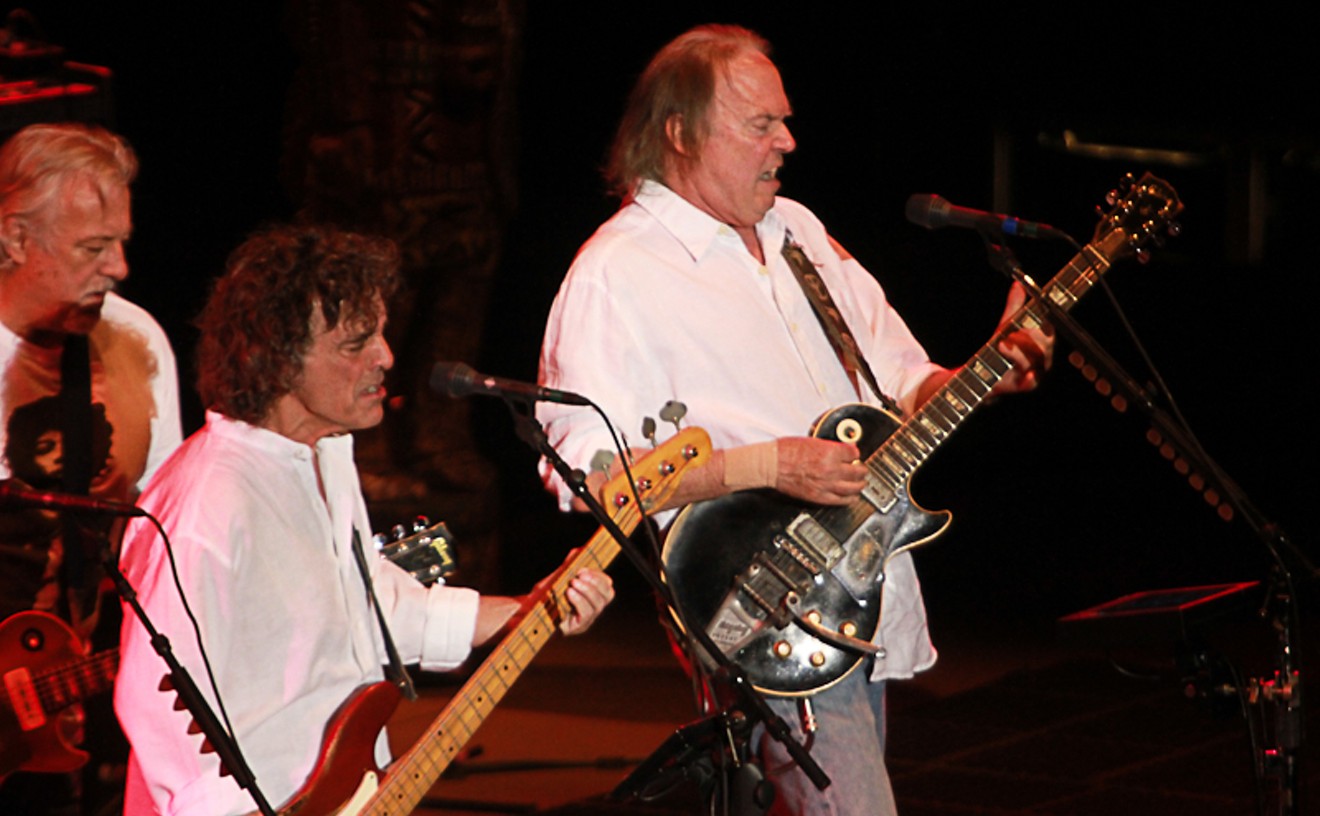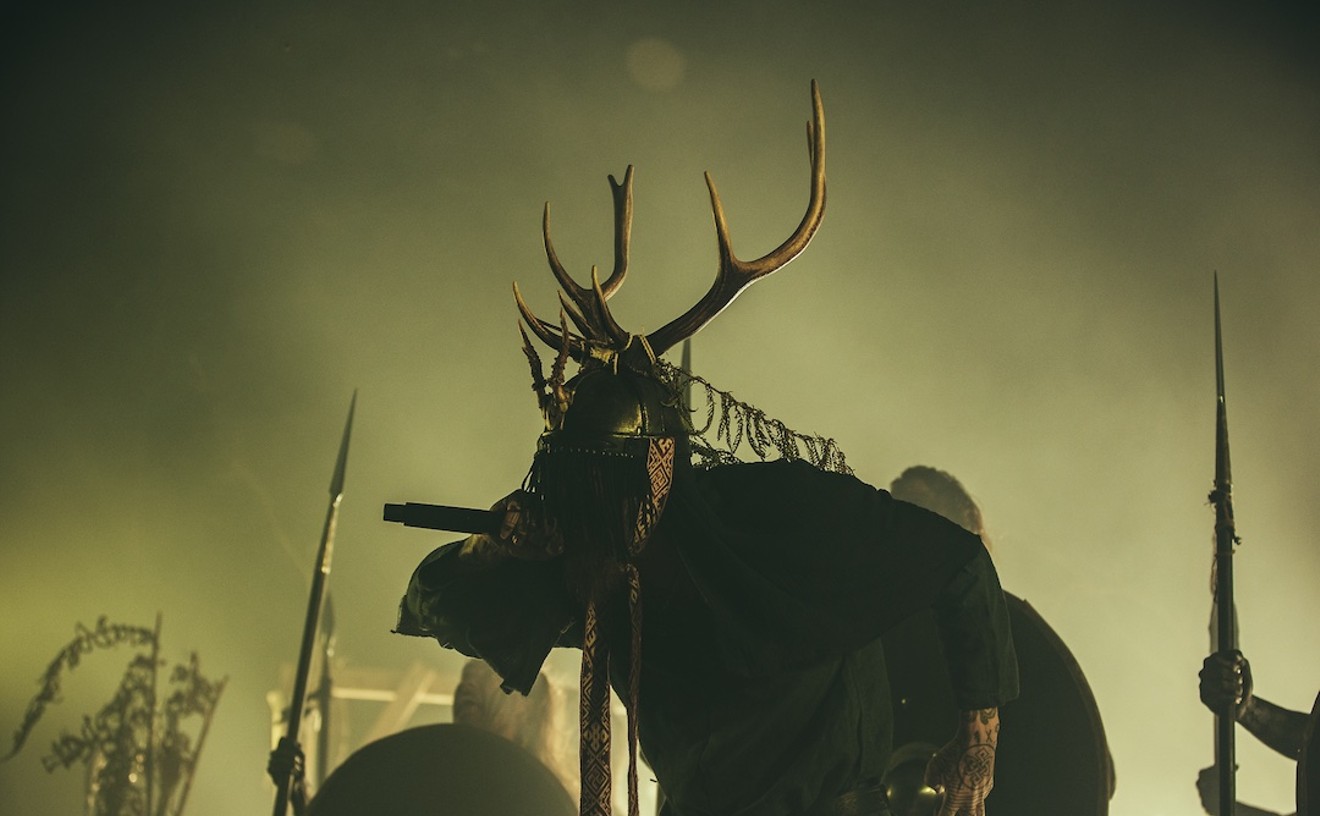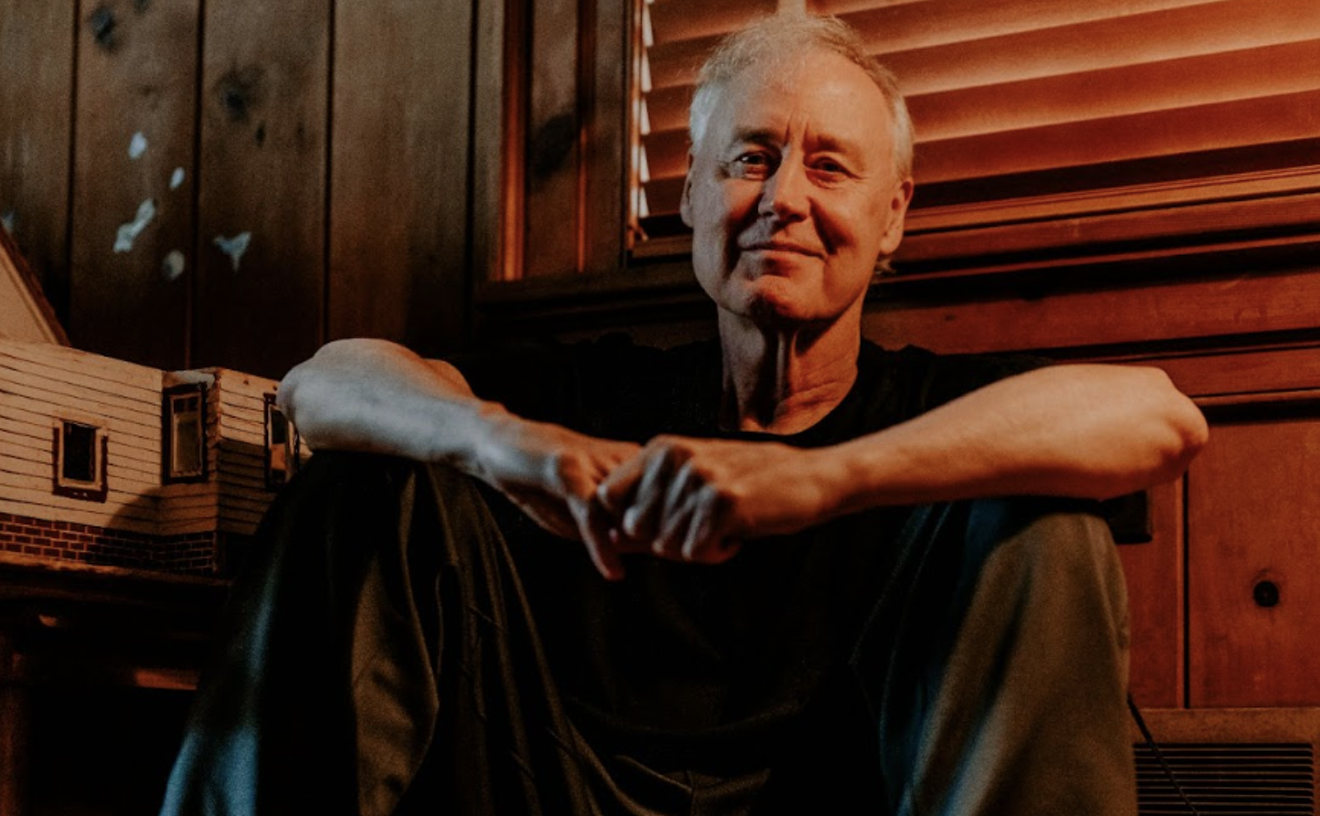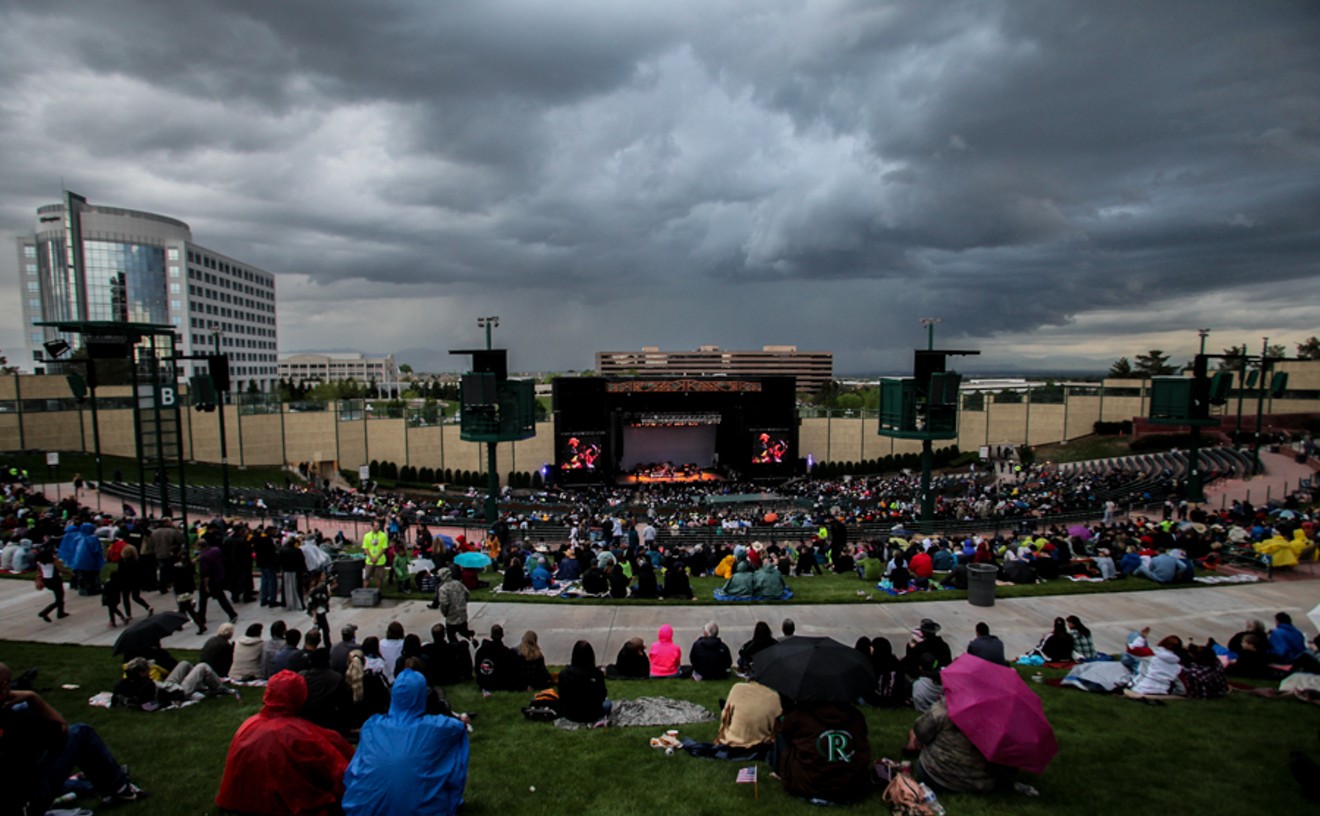"Sometimes we did a song in three days and then talked about a name for it for months," he says from a hotel in France, where he's taking a break from Jazzanova's current world tour. "And it was the same for the LP. It took us such a long time to say, 'Okay, the name is....'"
It's apparent from the tone of the conversation that these Jazzanova guys never rush anything. Barck deliberates after each question, choosing his words carefully, hardly ever making a boastful or brash remark. That's a surprise in itself, given the group's rise to prominence of late. Formed in 1995, Jazzanova was originally a DJ team consisting of Barck, Jürgen von Knoblauch and Claas Brieler; the three shared a weekly residency at Berlin's Delicious Donuts Research club, mixing vintage '60s and '70s jazz, funk, Afrobeat and Brazilian tunes with contemporary dance music, including hip-hop and house. It wasn't until they met producers Stefan Leisering, Axel Reinemer and Roskow Kretschmann that they were able to start punching out their own ideas in the studio.
The group had recorded only a pair of EPs -- "Fedime's Flight" (1997) and "Caravelle" (1998) -- when it started getting remix offers from elite players in the international dance community. MJ Cole, 4 Hero, the Truby Trio, Ian Pooley and King Britt all wanted the Jazzanova touch in their work. By 2000, the players had amassed an impressive collection of remix projects, but they still hadn't had the time to complete an album of their own. So they did the sensible thing: They bought the rights to all their remixes and re-released them as The Remixes 1997-2000, a superb collection that was much lauded by critics and fans alike and set the stage for In Between.
"We needed time, because the way we work is very different," Barck explains. "None of us is a musician, so we have to try things out. Our work is pretty much sample-based, so to make the samples fit together, it takes a long time. And that's what makes our music special: There are so many little things happening.
"Most people think, 'Okay, computer music -- that goes quick because you have the computer.' But we use it differently; we use it more as an instrument."
Rather than composing music of their own, Jazzanova members run myriad instruments through a sampler: Saxophone, vibes, piano, drums, bass -- it's all there, and it all sounds remarkably unsampled, though 90 percent of it is. In Between would surely confuse traditional jazz heads unfamiliar with the progress made in electronic music over the last decade.
"The way we work is the same as the way DJ Shadow works," Barck says. "We just take old records and cut them into very little bits and pieces, then try to reprogram them together to make them new. We did some songs in a more obvious sampled way and showed how the samples worked, but the rest is cut and pasted, maybe more hidden. That's what we always wanted."
Barck lets out a chuckle at his own expense, admitting that there's another motivation for plying in tiny fragments of music. "The best way for us to get the records cheap is to hide the samples. And you can hide samples if they really work together and everyone is thinking that they are somehow played live."
For a record built on sampling, In Between doesn't feel like a DJ album. There are no more than one or two points at which the tempo rises to floor-filling pace.
"It's not a dance record, but the rhythms are very important," Barck explains. "For me, every song is very danceable. This album definitely has its roots in a club, but in a very small club. That's where we started, in a very intimate climate, and we always wanted to feature little moments -- special moments to make the people think about it."
While In Between represents an obvious step forward for Jazzanova's studio prowess, the album also hints at the members' songwriting abilities. The group worked with a small cadre of guest vocalists and musicians, including singers Ursula Rucker, Vikter Duplaix, Doug Hammond and Capital A and vibraphonist David Friedman, bassist Paul Kleber and pianist Hajime Yoshizawa. These collaborations presented challenges of their own.
"Before we start recording anything with anybody, we have to have a relationship with them," Barck says. "We didn't want to just phone them up and say, 'Yeah, come over and we'll do a song together.' We said, 'Okay, we have to spend time together.' We ask them to somehow reflect our lives and our meanings of life, and therefore, they should get to know us."
Some collaborations turned out better than others. Hip-hop aficionados probably won't spend much time searching for a twelve-inch version of "Keep Falling," which is marred by the weak lyrics of Hawkeye Phanatic, the former leader of MC 900 Ft. Jesus. But Capital A makes up for it, trumpeting Jazzanova's sampladelic mission statement in fine fashion on "The One-Tet." Perhaps the best piece is the album's closer, "Wasted Time," in which Vikter Duplaix croons soulfully as Jazzanova's computer-triggered Fender Rhodes melody flits about lovingly, with a grace that flies in the face of German electronic music's trademark rigidity. Jazzanova's propensity for creating organic sounds from computers raises an interesting dilemma for its members.
"People always think that we are a live band," Barck says. And who can blame them? With Jazzanova's distinct ability to blur the lines between organic and electronic, it's no wonder that fans expect to see a live band playing its material in concert. In reality, Jazzanova concerts consist only of two of the group's three DJs and their turntables.
"People look at us and think we will take up the saxophone and the piano and start playing, but we can't do that," Barck explains. "I still think the DJ thing, our two-DJ show, is the best presentation for our music. If it's created on a computer, like we do, then that's still the best way to present it."










